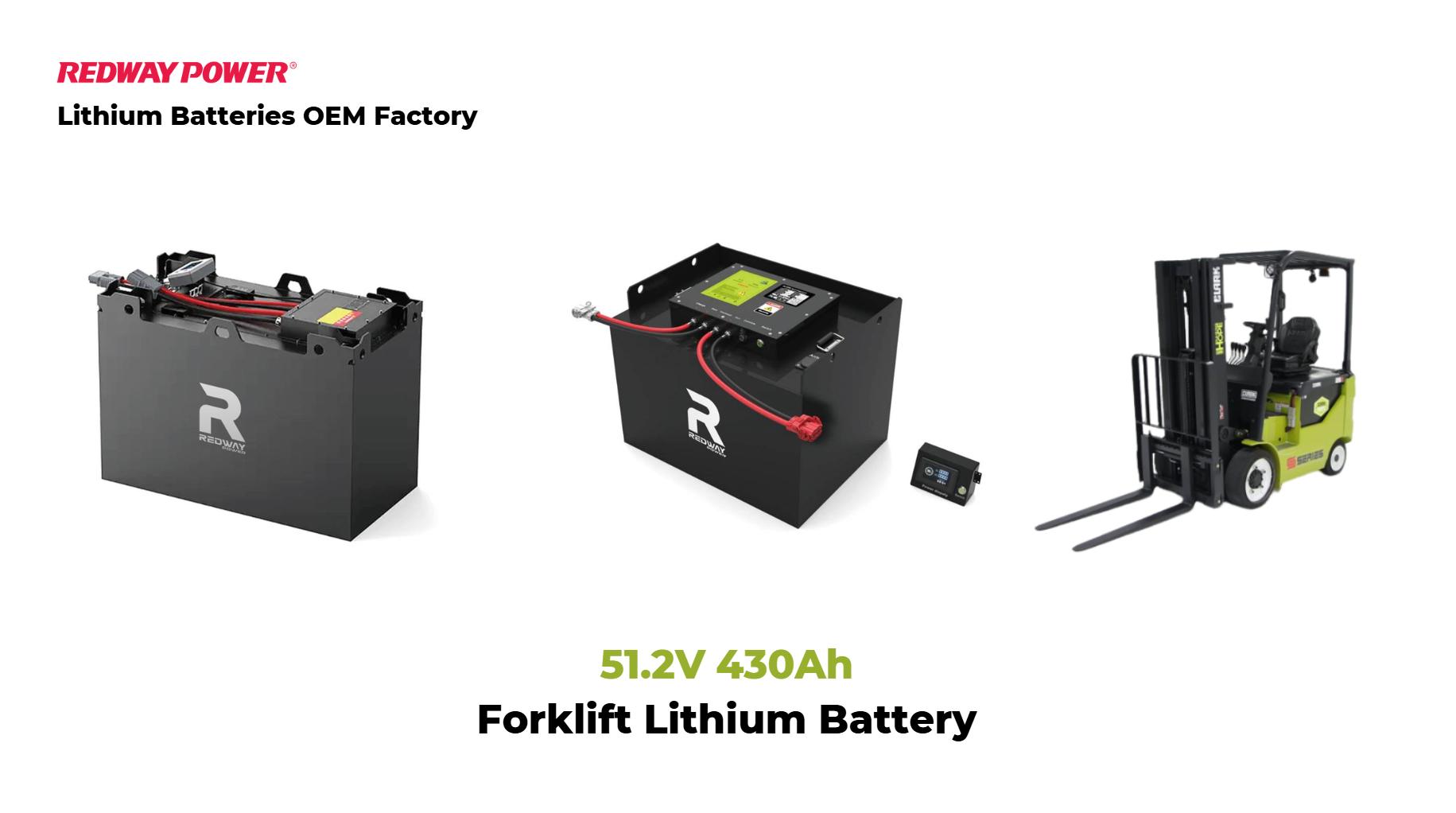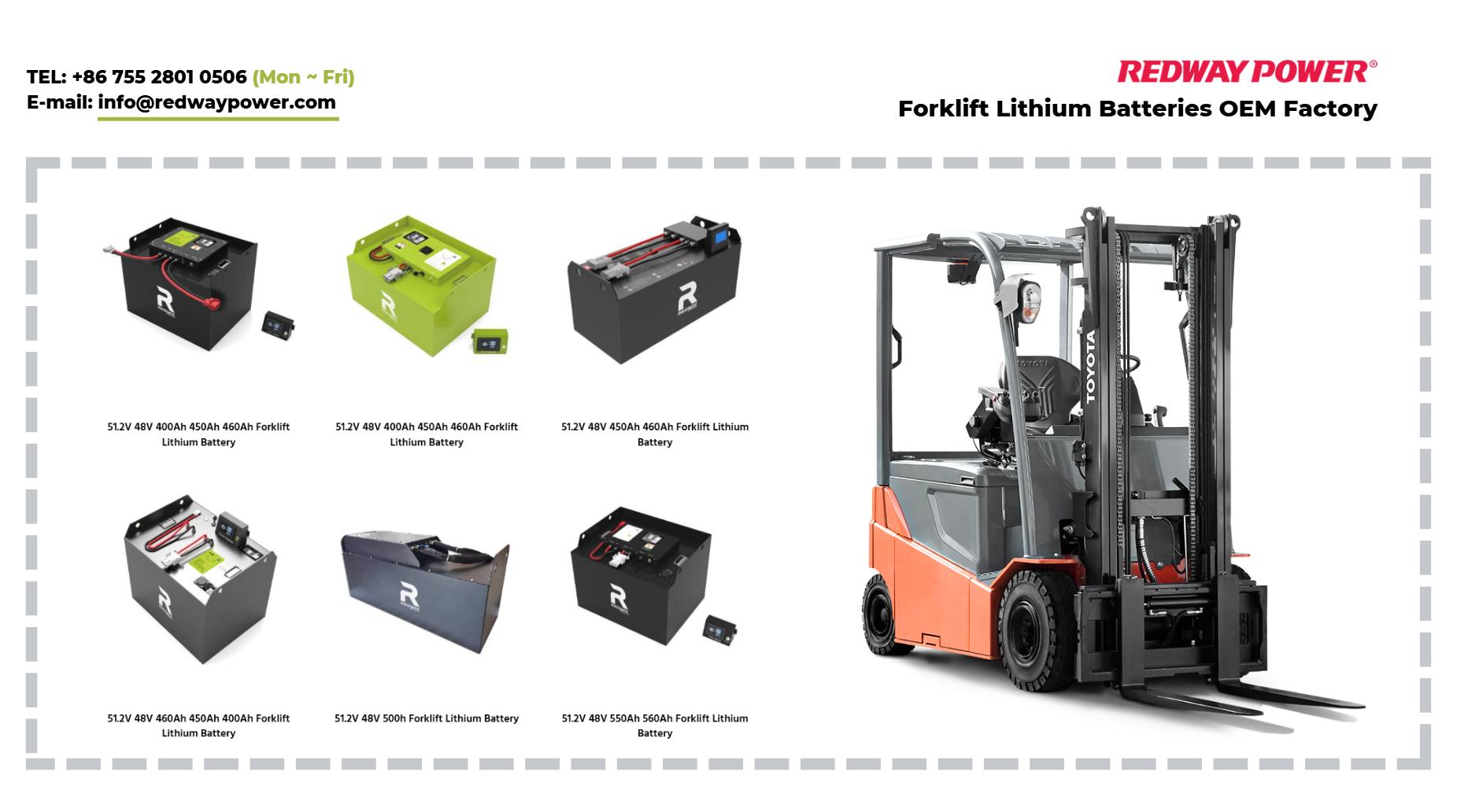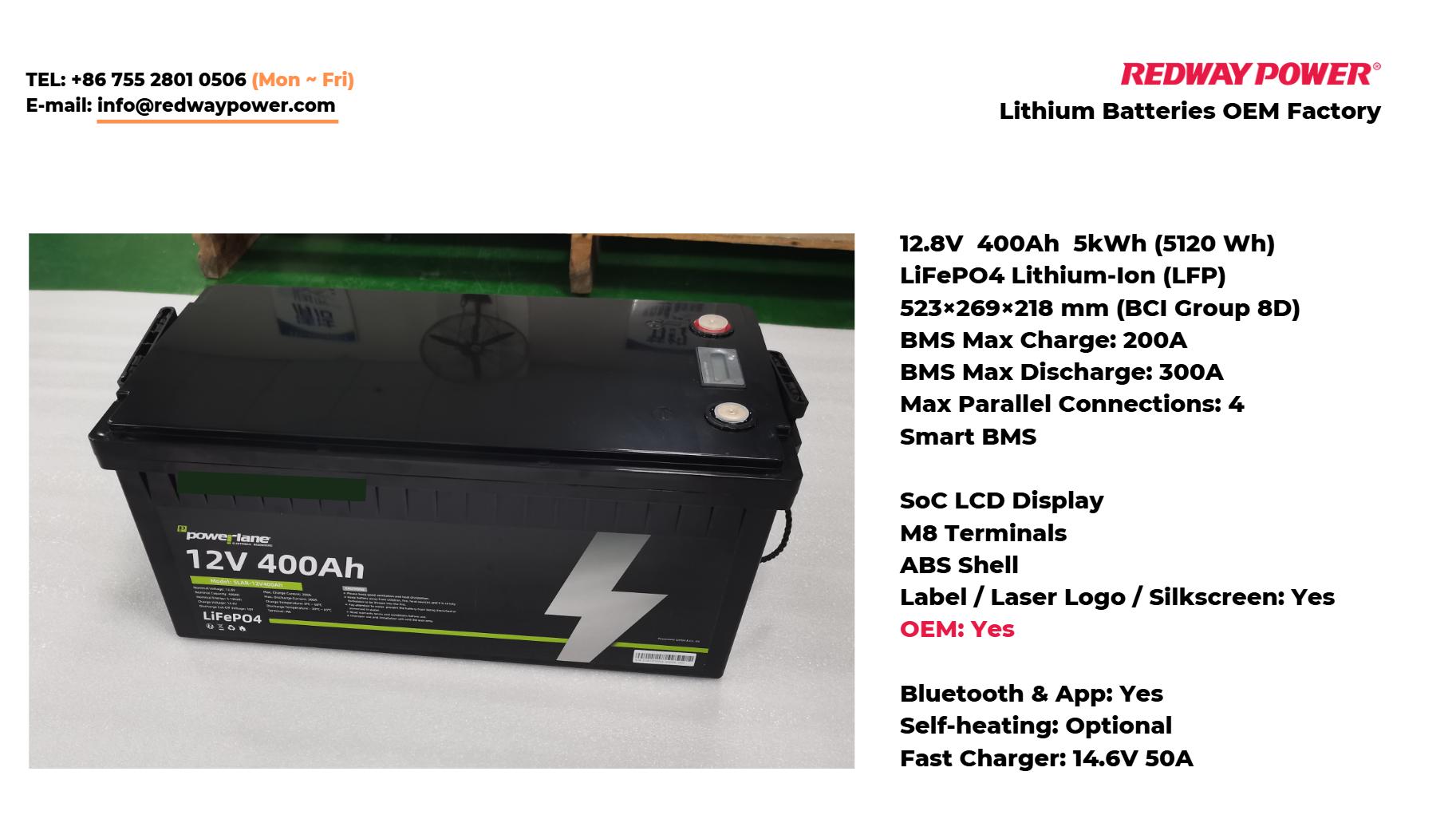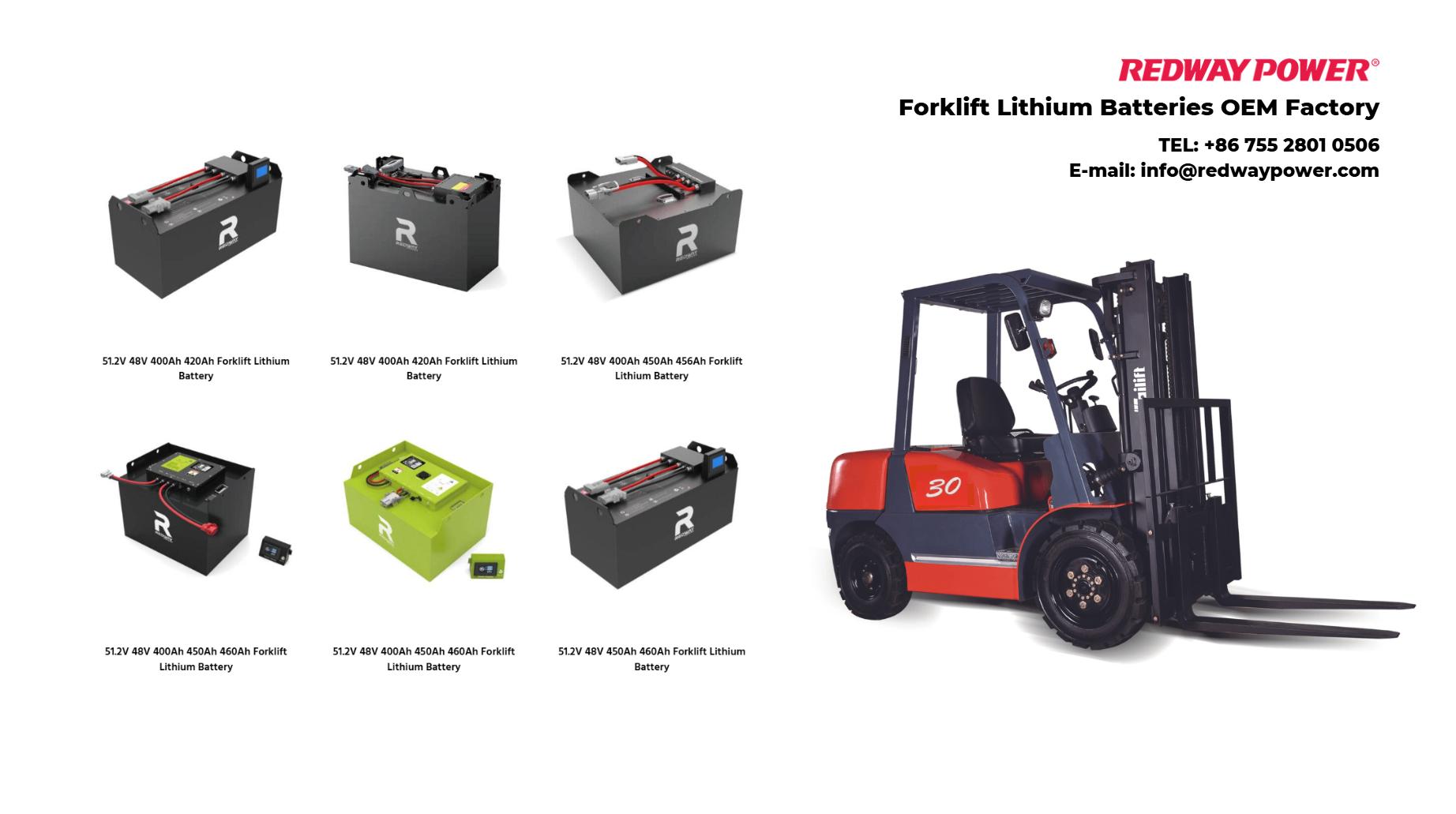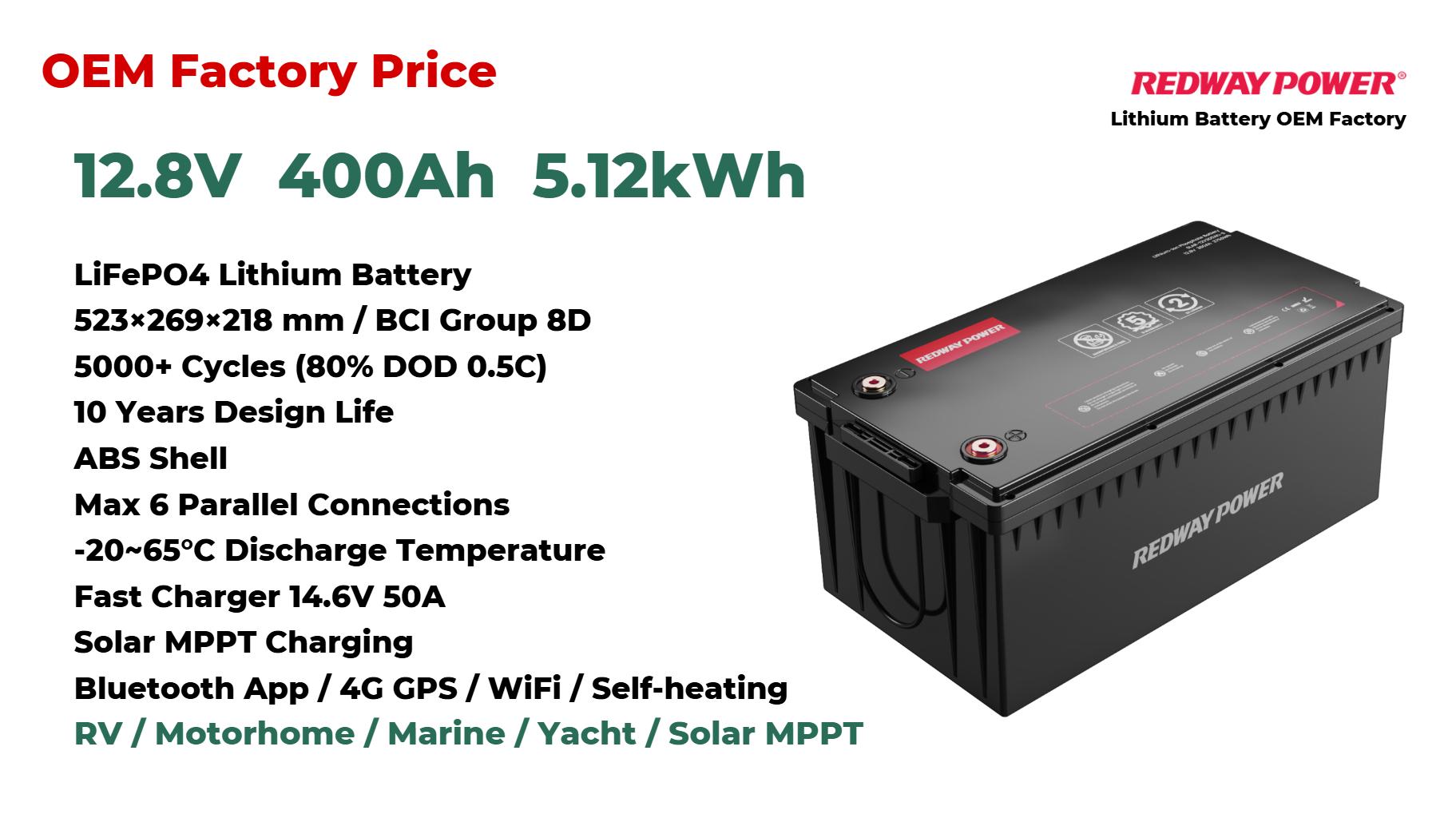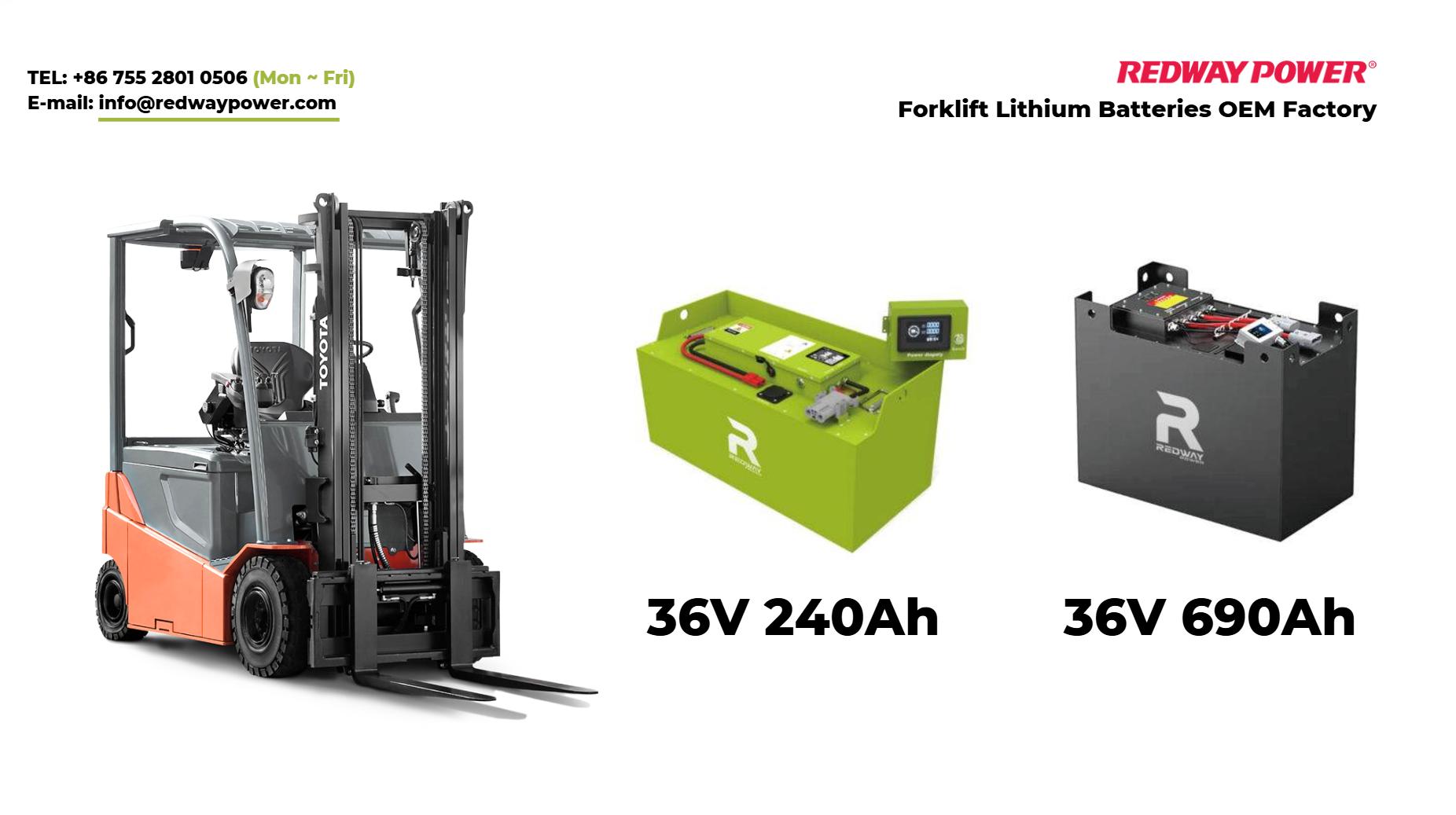Category: LiFePO4 Battery OEM
Choosing the right 430Ah forklift battery is crucial for ensuring optimal performance and efficiency in
51A 450Ah lithium battery is a high-capacity rechargeable energy storage solution suitable for various applications,
Choosing the right forklift battery, particularly a 450Ah forklift battery, involves understanding its specifications, safety
Lithium batteries, particularly the 420Ah models, are increasingly popular due to their high capacity, fast
A 420Ah forklift power solution is essential for businesses that require reliable and efficient energy
A 420Ah forklift battery is an excellent choice for businesses requiring reliable and efficient power
A 400Ah lithium battery is an ideal choice for various applications, including forklifts and renewable
A 400Ah forklift lithium battery is an excellent choice for industrial applications due to its
When selecting a 400Ah forklift battery, it’s essential to understand the differences between models like
Choosing the right 38.4V lithium battery is crucial for enhancing operational efficiency in various applications,
A 36V forklift battery powers your equipment efficiently by balancing runtime, durability, and safety. Choosing
Choosing the right 304Ah lithium battery can significantly enhance energy storage and efficiency across various

